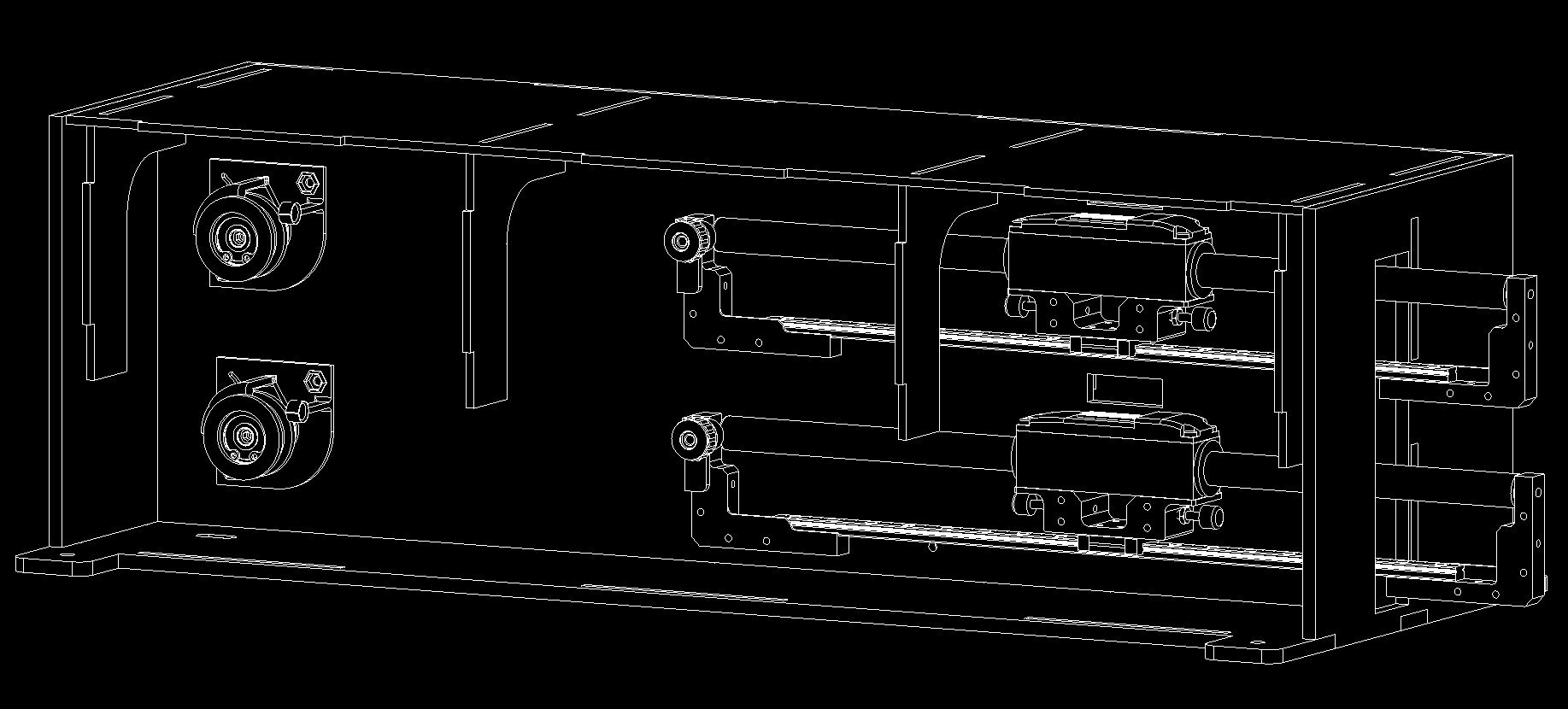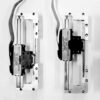The three creatures you can see in ANIMA II float in midair, pulsing with life. Their features and color patterns are inspired by underwater creatures. They move independently, but share a sense of community and response patterns.
The project ANIMA II starts with a fascination for the abyssal creatures, their enigmatic behavior, the intelligence of their structure and how contemplative they are in their movements.
© Claire Pondard & Léa Pereyre
ANIMA II was originally a joint research project between PATHOS and the Zoological Museum of Zurich. Through a series of responsive robotic artworks displayed as part of the exhibition Planet Digital, the main goal of ANIMA II is to engage the general public in key subjects of the natural world, and for PATHOS to explore the potential to create feelings of life using robotic tools.
In order to get a sensation of the organic, we decided to play with material properties, and mainly the elasticity. After some exploration, we created a geometrical 2D shape which, thanks to a pulling motion, transforms into an organic 3D shape. This discovery was exactly what we were aiming to achieve: a fluid and organic motion, offering a wide range of movement and forms.
© Claire Pondard & Léa Pereyre
The main challenge of the project lies in the constant movement of the form. This is why the choice of material and its physical ability to endure movement was crucial. The project is created from a thin plastic sheet.
The research into the shape, colours and patterns is an important aspect of the project. Each of these elements allows amplification of the motion and the organic aspects of ANIMA II. Each being has its own patterns, just like each individual in nature.



© Claire Pondard & Léa Pereyre
The physical animation of ANIMA II is provided by two linear motors. Depending on whether they are set to move in a synchronised or unsynchronised way, the ANIMA goes up, down or extends. Thanks to the online platform of PATHOS, it was possible to instinctively and organically draw the movements and reactions of each motor.

© Claire Pondard & Léa Pereyre
To infuse the project with a real sense of life, each ANIMA has a behaviour of its own. Thanks to motion sensors, they physically react to the presence of a spectator. By the addition of this subtle interaction, the visitor becomes an actor, and an additional layer of life-like behaviour is given. When no spectator is detected, each ANIMA moves freely as though unobserved.
© Claire Pondard & Léa Pereyre
Claire Pondard, independent designer
Léa Pereyre, Robotics Aesthetics & Usability Center, Autonomous Systems Lab, ETHZ
Dr. Dennis Hansen, Zoological Museum & Department of Evolutionary Biology and Environmental Studies, UZH
Enabled by PATHOS, Being Kit
Supported by Robotics Aesthetics & Usability Center (RAUC), Autonomous Systems Lab (ASL), ETHZ
